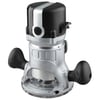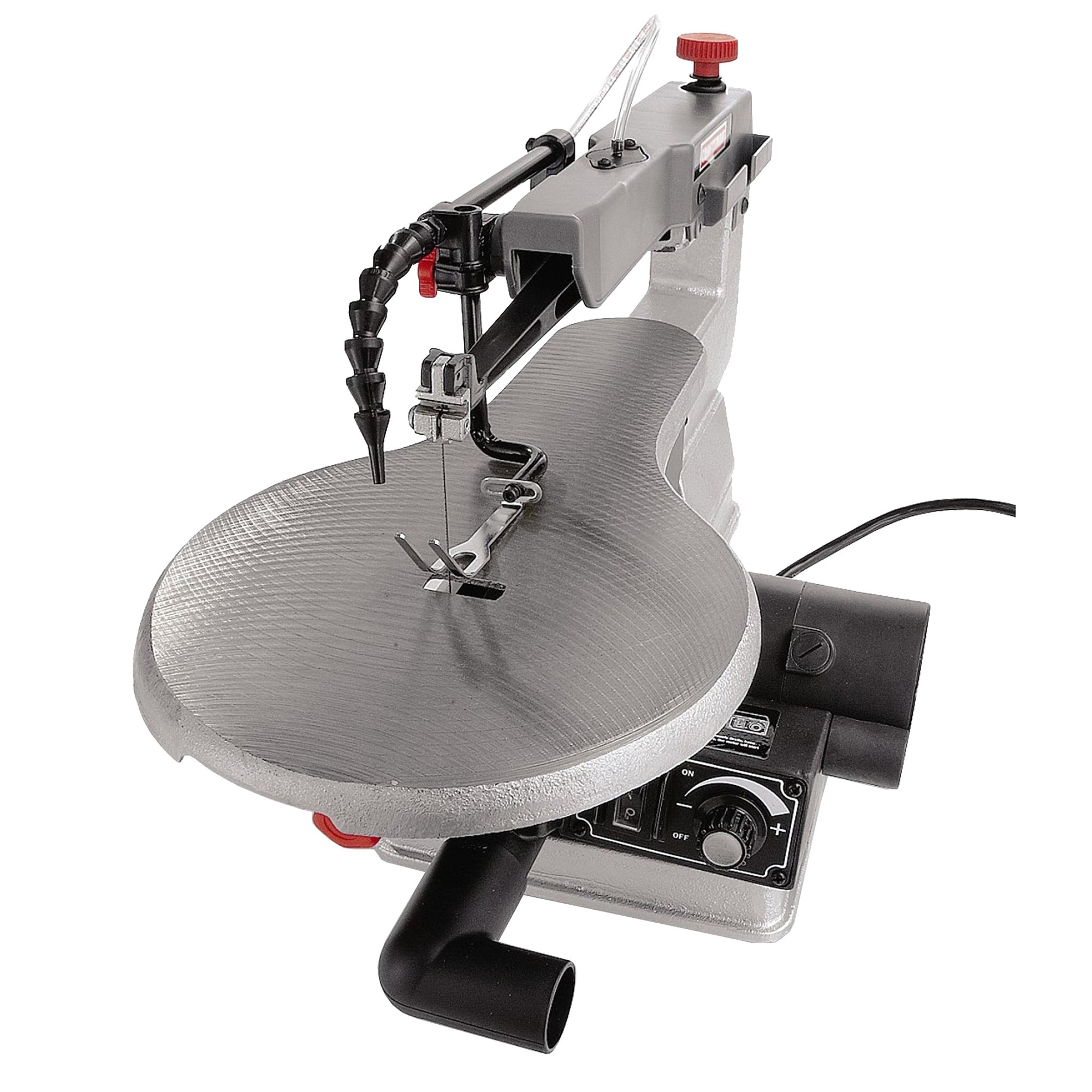Have you been experiencing difficulties with your Dremel tool? It can be frustrating when one of your tools suddenly stops working, but luckily most problems can be fixed by installing replacement parts. Sears PartsDirect has the Dremel repair parts you need to keep your tools working smoothly.
More Dremel product parts
| Dremel power tools Parts |
We carry parts for these popular Dremel models
Common issues with Dremel tools
- Sander makes loud noises—If your sander is making an unusually loud noise, it is most likely a problem with your drive belt. Make sure the belt is not too tight by squeezing with your fingers. You want about 1/4 inch of slack; anything more can make the belt squeak and movement inadequate.
- Rotary tool is overheating—If you find that your tool is unusually hot, it could be caused by a lack of air flow. Make sure there is no debris covering the vents. Dust can accumulate inside the tool and cause it to overheat. If this is case, you’ll need to clean it out.
- Tool won’t power on—There can be a few issues if your tool isn’t turning on. First, check that the switch lever is engaging. Next, check the power cord. If both the switch and the power cord are fine, you may have a problem with the electronic assembly. You’ll need to replace the electronic assembly if it’s bad.
- Irregular run time—When your Dremel tool does not run consistently, it may be a sign that the carbon brushes need to be replaced. Unplug the tool and check that there is at least a 1/8 inch of carbon on each brush. If not, you will need to replace the motor brushes.
Common Dremel power saw problems
- Overheating—When a power saw overheats, it could be due to a dull blade. The saw may have to use more power if it is forced to work with a dull blade. For this reason, you’ll want to make sure you keep a sharp blade installed at all times.
- Won't make precision cuts—If your blade is not properly secured or it is dull, it won't make clean cuts. Check that the blade is tight enough. If it is, then you are likely dealing with a worn blade. You will need to replace the blade to get accurate cutting results.
- Blade size—Use the right size blade for the work piece that you’re cutting. Bigger blade sizes cut sturdier wood while small blades are used for light woods. If you find your blade breaking easily, you’ll want to replace it with a larger blade size.






